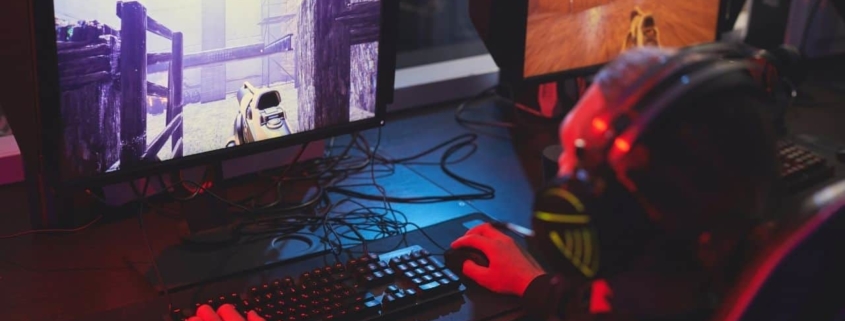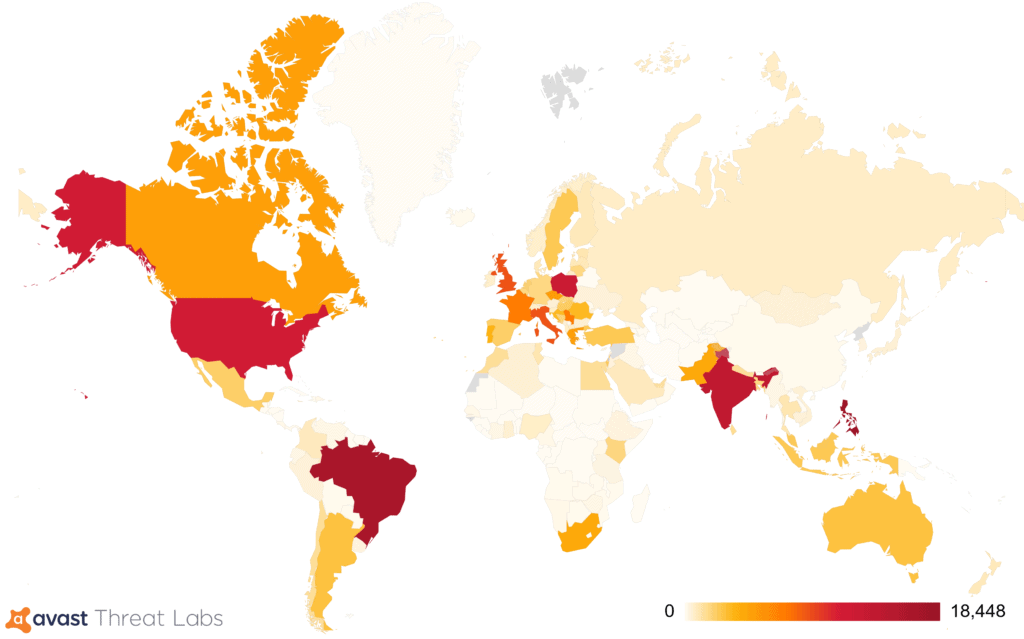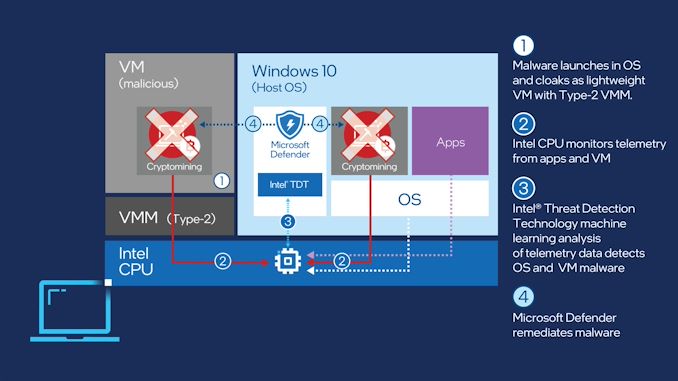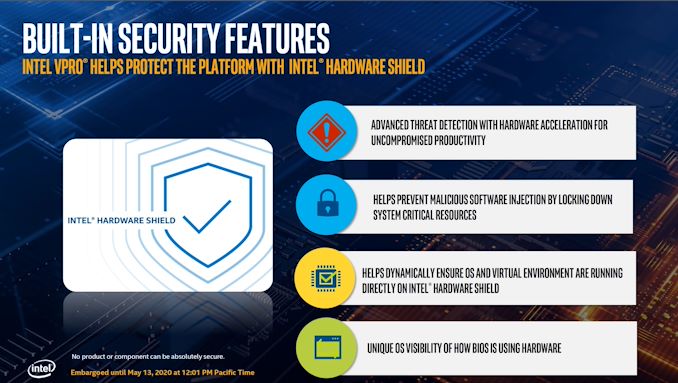Mining firms’ award underscores job security
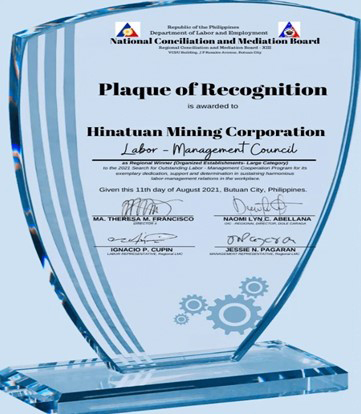
They are now contenders for the National LMC Competition, the awardees of which will be announced this December.
The award is given by the National Conciliation and Mediation Board (NCMB) for Outstanding Labor-Management Cooperation (LMC) and Grievance Machinery (GM) for Industrial Peace in the regional level.
NAC is the Philippine’s largest producer of lateritic nickel ore and one of the largest in the world. Its operations are multiple winners of the Presidential Mineral Industry Environment Award (PMIEA), the highest recognition for environmental excellence in mining in the country.
NCMB honored HMC and TMC, subsidiaries of NAC, for exemplary dedication, support and determination in sustaining harmonious labor-management relations in the workplace.
Policarpo O. Asilo, President of Hinatuan Mining Labor Union-National Federation of Labor Unions-Kilusang Mayo Uno (HIMLU-NAFLU-KMU), shared the excellent relationship HMC has with its Labor Union.
“The Union and HMC management maintain a good and harmonious relationship by building trust and respect, with open table discussions in making decisions,” Asilo said.
Pedro D. Urbiztondo, TMC Labor Union president, said the award is “proof of the unity and harmony between management and labor union.”
“Through the LMC, programs and activities, and assistance are extended to employees as well as residents of neighboring communities,” he added
With the theme “Responsiveness and Resilience in Times of Disruption”, the 2021 Search for Outstanding LMC is a special edition, recognizing organizations that have remained focused and true to the very essence of cooperation and partnership, amidst the COVID-19 pandemic.
This recognition highlights the commitment of NAC’s Human Resources team to job security most especially during crises.
The outbreak of COVID-19 has had a negative impact in economies and employment across the globe and for a company to be able…

